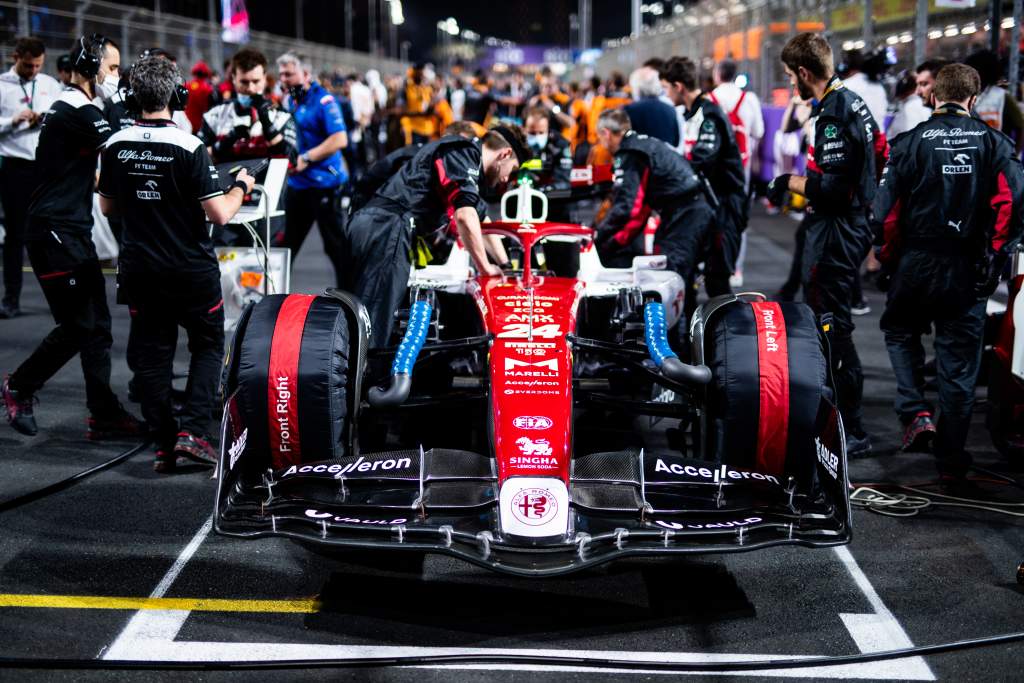Up Next

Tyre blankets have been part of Formula 1 since the mid-1980s, but come 2024 they will be a thing of the past following several abortive attempts to outlaw them.
The idea of banning tyre blankets has bounced around in F1 for years. The intention was for this to happen as part of the switch to 18-inch wheelrims that came in this year, only for it to be delayed to 2024. Prior to that, there was also an intention to get rid of them in 2015 for cost reasons, which was abandoned on safety grounds.
There’s still time for the 2024 ban to be dropped, but there’s no sign of that happening. While Pirelli has yet to start development work in earnest on the 2024 rubber, there has already been gentle progress in that direction with the reduction in tyre blanket temperature to 70°C from last year’s maximum of 100°C (front) and 80°C (rear).
That was at Pirelli’s suggestion in order to create a glidepath to the tyre warmer ban, which will continue next year with another 20°C drop to 50°C maximum for the blankets. It’s a sensible move that tackles the big concern about banning tyre blankets – the safety repercussions of the lack of grip during the warm-up phase.
“It was our request to do that step-by-step because it [the tyre warmer ban] is a big change for the construction and the compound,” Pirelli head of F1 Mario Isola tells The Race.
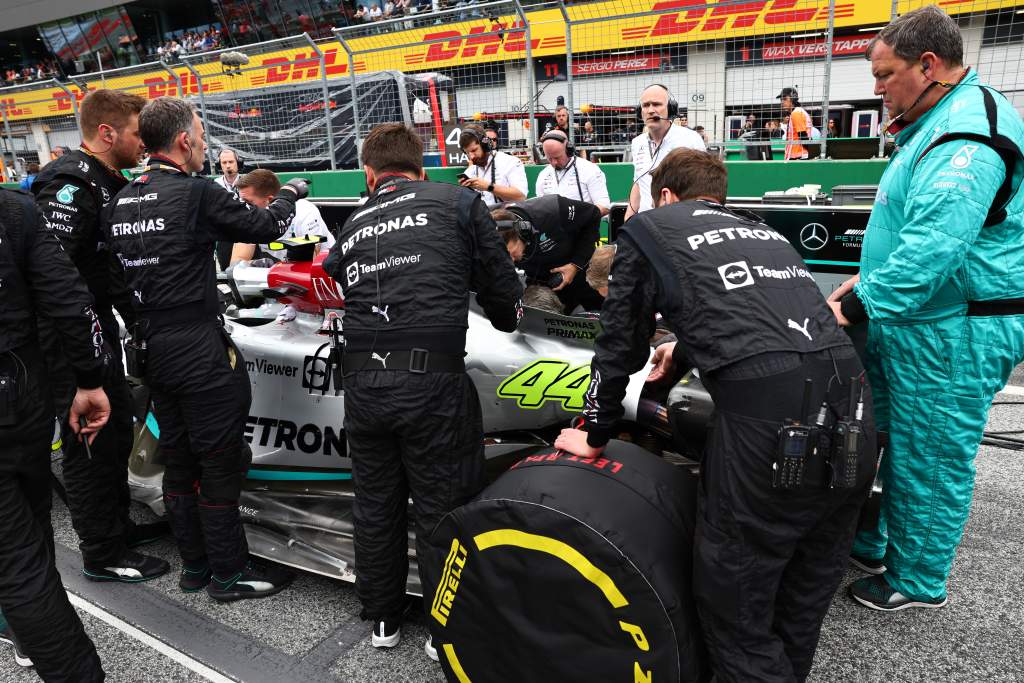
“There is a common idea that we just need to design different compounds and everything is fixed. It’s not like that, because with these cars and their performance, we estimate an increase in pressure from cold to hot that could be more than 12psi. And that makes the footprint completely different.
“You cannot start at a very low pressure because you destroy the tyre in a few corners. You need to start with a pressure that is the minimum acceptable for the tyre then copy with the period in which the pressure is growing then stabilising.
“But that means we would probably have to start at 20psi, or something like that, and then you go up to more than 30psi. So it’s a completely different situation and we have to design a new construction in order to make the footprint a lot more stable with a change in pressure.”
Running F1 tyres at 30psi is clearly not an option, as that’s getting towards family hatchback minimum pressure level.
The Pirelli Formula 2 tyres, which are also low-profile tyres mounted on 18-inch wheelrims as of 2020, usually rise by 6-7psi from approximately 14psi to 20-21psi.
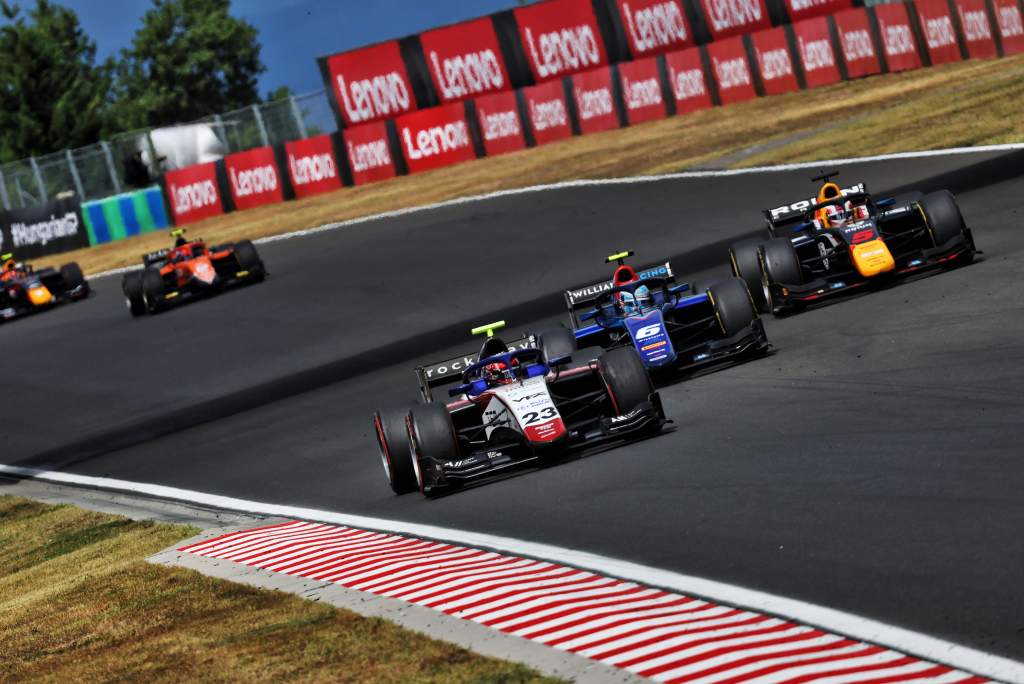
“If we have to make the same assumption on F1 tyres and F1 cars, it means that we have to raise the minimum pressure, and it means that we have a delta pressure from cold to hot that is much higher,” says Isola. “That changes everything.
“So it’s a matter of designing a new construction and designing new compounds with a much wider working range, because you need grip from 20-30°C up to 120-130°C, because I imagine they are going to stabilise in terms of temperature to a level that is similar to what we have now.
“We have to design tyres with compounds able to work at 20°C and at 120°C, which is the risk. The risk is that if you have to find a compromise, maybe you have to sacrifice the warm-up phase so that is more difficult, or you have to accept that at a certain point you overheat the tyre.
“That’s why we want to do that step-by-step, because now we have a good product that is able to deliver what we were looking for. It gives the opportunity to drivers to attack and push and we don’t want to go back to a situation where drivers are complaining because of the overheating or slower warm-up. There are many elements we must consider in the 2024 tyres.”
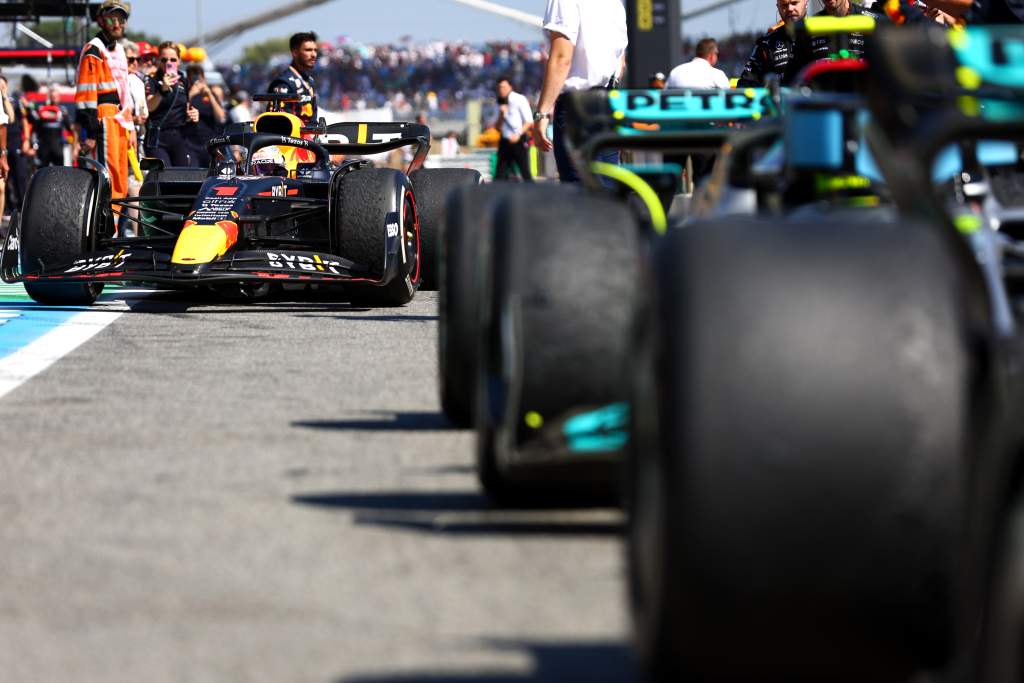
If Isola sounds a little vague about the characteristics of the tyres, it’s because Pirelli has limited testing so has so far focused on the 2023 tyres. These are now largely signed off and Pirelli believes some elements of the ’23 tyre test programme will be relevant for the ’24 rubber, but the real work will be done next year.
The hope is that the blanketless tyres will remain largely unchanged in terms of their shape, given the significant aerodynamic effect they have on the cars.
So the desire is to achieve the characteristics needed primarily with the construction and compounds. The way tyres warm up is dependent on myriad factors, but the way the tyre is presented to the circuit and how it is driven will work it in a certain way and help to build the temperature. The key here is not surface temperature, but the temperature within the compound and in the core.
“We are working mainly on the materials and the geometry more than the profile, because when you change the profile, you have a big impact on the downforce of the car.
“It is clear that when you change some elements in the construction, even if you don’t change the whole profile, you have a slight change in the tyre itself. But usually this is limited.
“What is the ideal target? The ideal target is to have a footprint with a pressure distribution that is as even as possible and is not changing with this change in pressure and temperature. Obviously this is an ideal world.
“With the temperature, clearly to have exactly the same footprint, the same pressure distribution, the same temperature distribution when you move from 20°C to 120°C, it’s almost impossible.
“So we are working with some new concepts in order to minimise these changes. To avoid any change is impossible, to minimise it is what we are trying to do.”
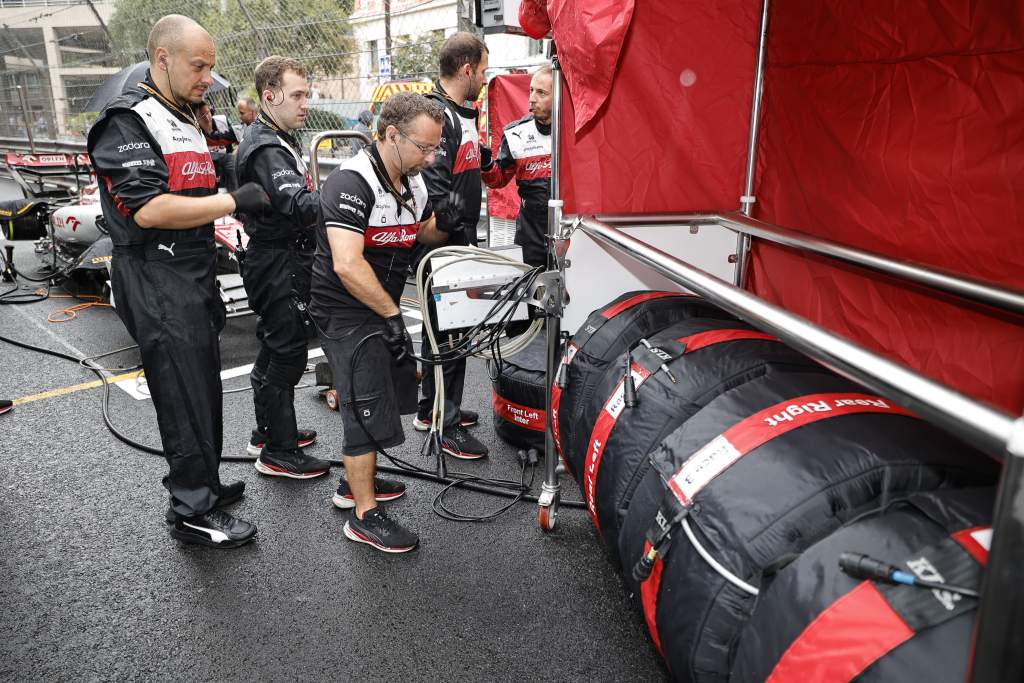
The weight of the cars is not particularly concerning to Pirelli, although there is an awareness that the stiff, low to the ground cars do have an effect on the tyres. However, this should be well understood by the time the 2024 Pirelli tyres have to be finalised.
What really matters is how the tyres work in crucial phases of the race. Since the ban on refuelling in 2010, the undercut has usually been the method of choice for gaining positions in pitstop phases. With rare exceptions, the value of running longer is in building a significant offset in tyre age or striking out for a different strategy. The tyre blanket ban could change that and make one-lap overcuts more feasible.
“To make a proper prediction is not easy, but I can imagine that we would have a warm-up phase that would be longer,” says Isola.
“The strategy will be different, but to give you a proper answer on how different, it’s a bit early.”
There has been little evidence this year that the reduction in the tyre blanket temperatures has had a significant impact in the pitstop phases, although it will have made the warm-up phase slightly more tricky. But depending on the characteristics of the new tyres, the impact on strategy could be anything from minor to profound.
What does need to be resolved is exactly what teams will or will not be allowed to do with their tyres. The current rules state that blankets are the only tyre-warming devices permitted and it’s likely that the 2024 regulations will simply state that no tyre-warming devices are allowed.
But it will likely be necessary to create some addition guidelines on what can and cannot be done. Isola believes it will be important to get these right, along with other means of monitoring tyre parameters.
“I remember, for example, that we had a similar situation many years ago with GT tyres and the teams putting the tyres out in the sun to try to increase the temperature and doing strange stuff like that,” says Isola. “Also, in F1 a few years ago they were using the heat of the brakes to warm the tyres.
“We probably need also to find a new system to control in respect of the minimum pressure, because with all these changes it is not easy to use the system that we have in place now.
“I believe that tyre regulation when we are going to avoid blankets will be another important discussion that we need to do with the FIA and the teams.”
This will likely include some guidelines about the temperature of the tyres needing to be within a certain range of the ambient temperature, which is similar to the rules covering fuel temperature. But exactly how these are framed remains to be seen.
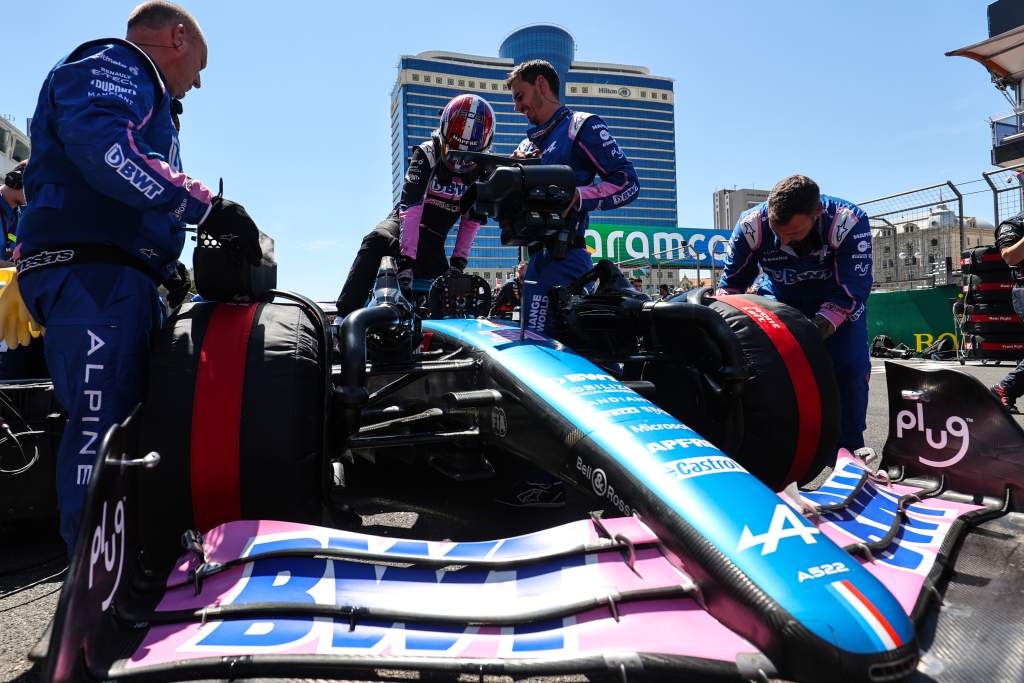
What’s clear is there’s still a long way to go in the development of the 2024 tyres, but the tyre blanket temperature drop glidepath is a sensible way to approach it that should ensure the safety concerns usually associated with such moves will at least be eased.
But as for how big an impact it will have on the racing, aside from the expectation it will have an impact around pitstops – as well as on the way tyres are prepared for qualifying – the answer to that will only start to emerge once teams can test something close to the finished product for 2024.


